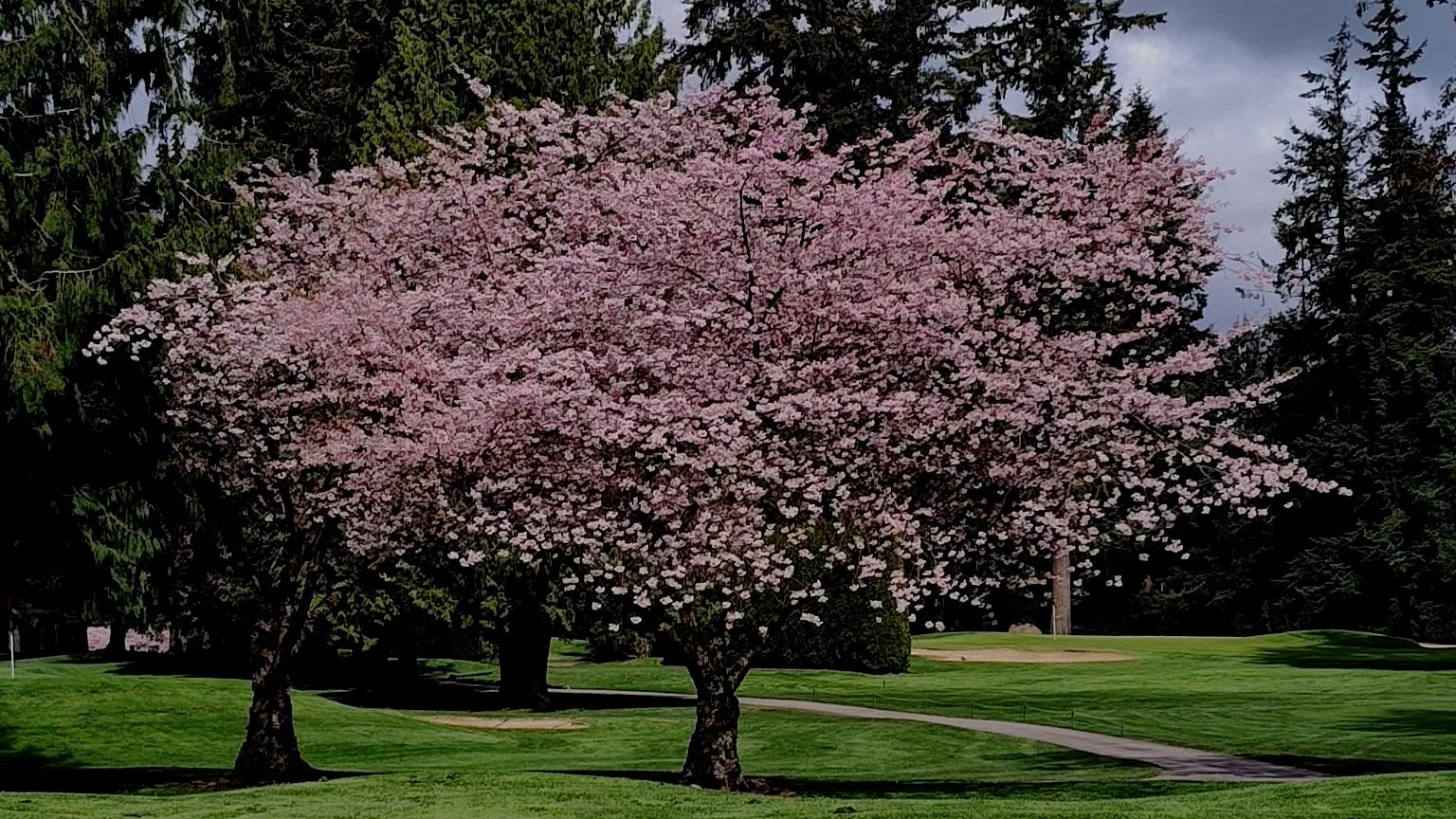Let’s face it, for the most part the lawn is the man’s domain. It is literally his “turf” and when left alone he can spend endless hours mowing, edging, aerating, dethatching, feeding, reseeding, watering and weeding not to mention the time it takes to keep his trusty John Deere steed in good running condition. If this man is also a golfer then his passion for his lawn is even more intense. Some would say it is obsessive but I would submit that the lawn is probably the safest place in the garden for the man to be (and all the wives say Amen)!
We have the British to thank for the evolution of the modern day lawn (the Scots also had a hand in it). Originally reserved for the aristocracy, lawns slowly trickled down to the working class and in the US after WWII they became synonymous with suburbia. With the advent of the modern day mower, synthetic fertilizers and pesticides, homeowners (mostly men) now spend countless hours and dollars maintaining their pride and joy. Depending on how the turf is maintained this can either be an ecological disaster or a valuable bio-filter and climate moderator. Here are some thoughts to consider:
A healthy lawn starts with good soil preparation. This seems obvious but the reality is that contractors leave home owners with an abysmal mess when it comes to soil. Three inches of topsoil on top of a compacted base causes lawns to have shallow root systems which in turn increases the need to irrigate and also encourages diseases not to mention that the lawn will usually be saturated and squishy all winter. If there was only one thing a homeowner could afford to do in the garden it would be to rip out the lawn and build up the soil so there is 6-12 inches of good friable soil. While this may seem expensive at first in the long run the upkeep will prove to be much easier and less costly.
The second thing I would recommend would be to kick the synthetic fertilizer habit and adopt an organic lawn food. Again, this may cause sticker shock at first but as the organic fertilizers build up a residual of nitrogen in the soil less and less will be needed. A synthetic fertilizer typically needs to be applied 4-6 times a year. With organics, once you are on a program twice a year is usually adequate. And as a bonus the organic fertilizers also encourage healthy soil microorganisms which in turn result in deeper root systems.
Thirdly, I would avoid all weed and feed products like the plague. It’s fine in my book to spot spray an occasional weed but to apply an herbicide over the entire lawn is shear lunacy (and it is costly).
Finally, I would mow my lawn around 2-3 inches tall year ‘round and only water in the summer when the soil is dry two inches down (I water my lawn once a week believe it or not and it does just fine).
For much more detail on how to control bugs, weeds, moles, diseases and all the factors that stand in the way of a perfect lawn come to our LAWN CARE CLASS this Saturday at 10am here at the nursery. Instructor Trevor Cameron is a Certified Professional Horticulturist AND A GOLFER so you know he has a passion for the perfect lawn. RSVP is appreciated.


